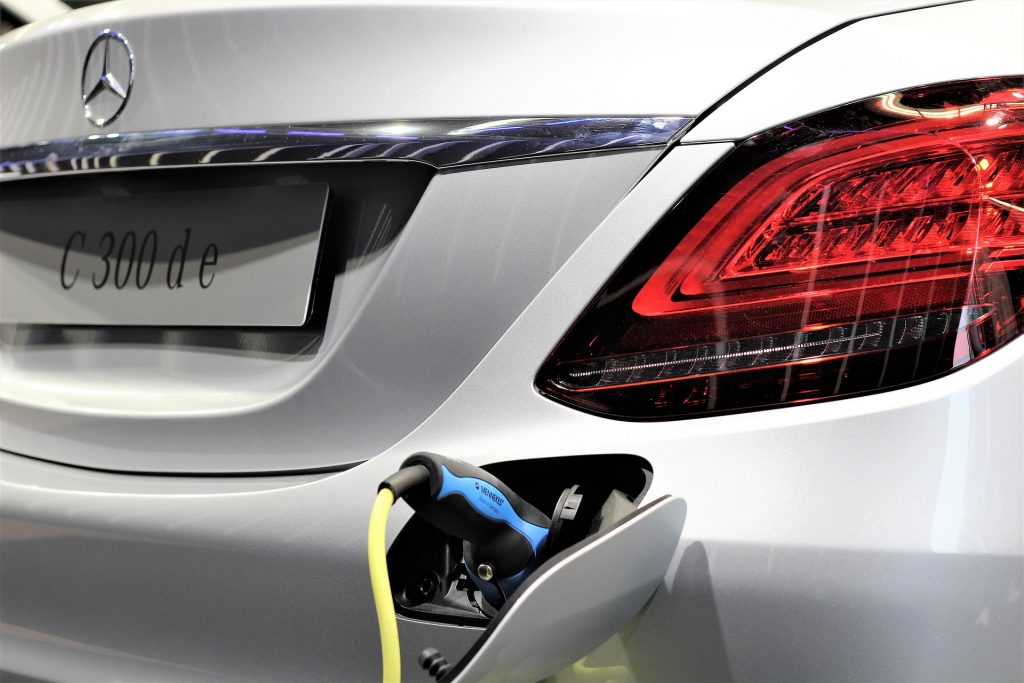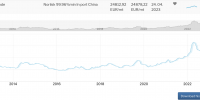Britain wants faster to the purely electric car
Britain's shift from petroleum to road electricity has accelerated but at a low level, which will have a significant impact on oil consumption towards the end of the decade.
Ultra-low emission vehicles (ULEVs) accounted for almost 2020% of all new cars registered in the UK in the first quarter of 7, compared to just over 2020% in the same periods in 2 and 2019.
The ULEVs, mostly battery-electric and plug-in hybrid electric vehicles with a smaller number and using hydrogen fuel cells, emit less than 75 grams of carbon dioxide per kilometer driven.
Almost 280.000 ultra-low-emission cars have now been registered, down from less than 100.000 three years ago (Vehicle licensing statistics, UK Department for Transport, June 30).
At the end of March there were almost 110.000 battery electric cars and 155.000 plug-in hybrid electric cars, of which very few are equipped with alternative ULEV technologies.
Political support is gradually shifting from hybrids to battery-only electric cars to maximize emissions reductions ("Electric Vehicles and Infrastructure," House of Commons, March 25).
In the past year, the registrations of battery-electric vehicles exceeded the hybrid vehicles for the first time, which should lead to further electrification of the entire vehicles in the next few years.
Cars with extremely low emissions of all types still make up less than 1% of the 32 million registered cars, but the share has almost tripled in the past three years.
New car registrations with extremely low emissions have increased at an annual rate of 30-40% compared to growth of only 1-2% for all cars, which means a rapidly increasing market penetration (tmsnrt.rs/3eNmf7E).
S curve
Products with new technologies (motor vehicles, refrigerators and televisions) and services (gas, electricity, telephone, water and sewerage) have tended to spread along an S-shaped logistics curve in the population.
The first invention was often followed by decades of small-scale use and trial-and-error before the technology quickly spread on a much larger scale. Eventually the market becomes saturated, which limits further diffusion.
The adaptation of S-curves to new emerging technologies is associated with a certain risk: As a result, some do not achieve the breakthrough or are overtaken by competing technologies and ultimately only reach a fraction of the potential number of users.
The estimation of the diffusion rate on which the logistic curve is based is particularly prone to error in the first few years when the number of current users is very small and the growth rates are volatile.
Nonetheless, there are good theoretical reasons to believe that the transition to electric vehicles will follow a logistic curve and that the observed growth in ULEV's market share in the UK appears to be logistic.
If ultra-low-emission vehicles diffuse through the population according to the adjusted logistical curve, they will account for around 2027% of all new registrations by 25, 2031% by 50 and 2035% by 75.
The implied transition to electric vehicles is broadly in line with the government's stated goal of ensuring by 2030 that at least 50% and even 70% of all new car sales are ultra-low emission vehicles.
This goal was set by the Ministry of Transport two years ago in an important strategy paper (“The way to zero: Next steps towards cleaner road traffic and the implementation of our industrial strategy”, July 9, 2018).
The transition schedule is also in line with the government's announced plan to ban the sale of gasoline and diesel vehicles from 2040.
The ban on the sale of petrol and diesel cars could be brought forward to 2035 on the basis of proposals published by the government for consultation (“Decarbonising transport: setting the challenge”, UK Department for Transport, 26 March 2020).
Given the current trend in the sale of extremely low emission vehicles, this schedule appears realistic and requires only a moderate level of political intervention to make the transition possible.
Treibstoffverbrauch
Even if 2031% of all new registrations of vehicles with extremely low emissions are achieved by 50, their share of the total fleet will be much smaller due to the number of older vehicles still in use.
However, it is likely that there will be a small, significant increase in oil consumption by the end of the decade, which will decrease and decrease significantly by the end of the 2030s given the size of the vehicle fleet.
Britain's oil consumption, at just 1,5%, represents a very small and declining share of total global consumption, so the impending transition from petroleum to electric cars is too small to be significant on a global scale.
But the transition is likely typical of a number of other high-income countries in Europe that will have a major impact overall.
More importantly, whether the three major oil markets (China, the United States and India) will experience a similar shift towards electric vehicles over the next two decades.
China is likely to electrify road traffic at least as fast as the UK, given that domestic oil production is limited and there is a high dependency on imports, which policymakers have identified as one of the key strategic weaknesses.
Beijing has made the production and distribution of electric vehicles a priority for both national security and environmental reasons to reduce oil imports and greenhouse gas emissions.
The transition in the United States remains uncertain due to the large domestic oil production and political disagreements over the country's energy policy.
Future democratic administrations are likely to accelerate the introduction of electric vehicles, while future republican administrations may offer less political support.
India, which is the smallest but fastest growing of the three major oil markets, seems more likely to follow China given its similar dependence on oil imports.
The transition to electric vehicles is unlikely to have a significant impact on consumption and prices in the next five years (2021-2025) for oil producers, including OPEC, international oil companies, and U.S. shale companies.
But the transition will prove to be a small but significant factor in the oil markets over the five to ten year period (2026-2030) and a crucial factor in the decade that follows (2031-2040).
Arndt Uhlendorff - ISE - July 2020



